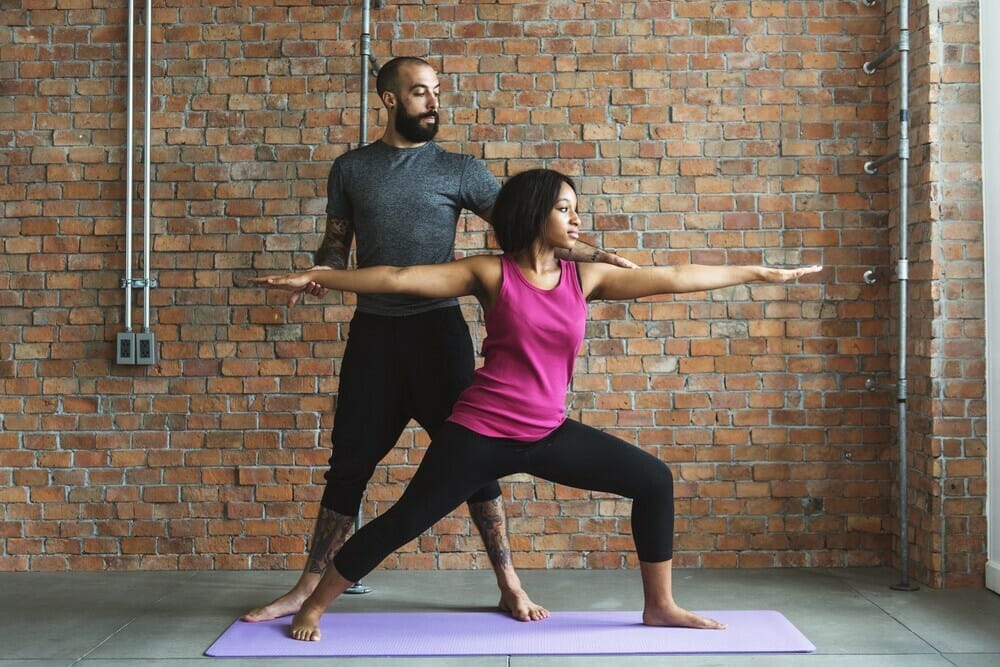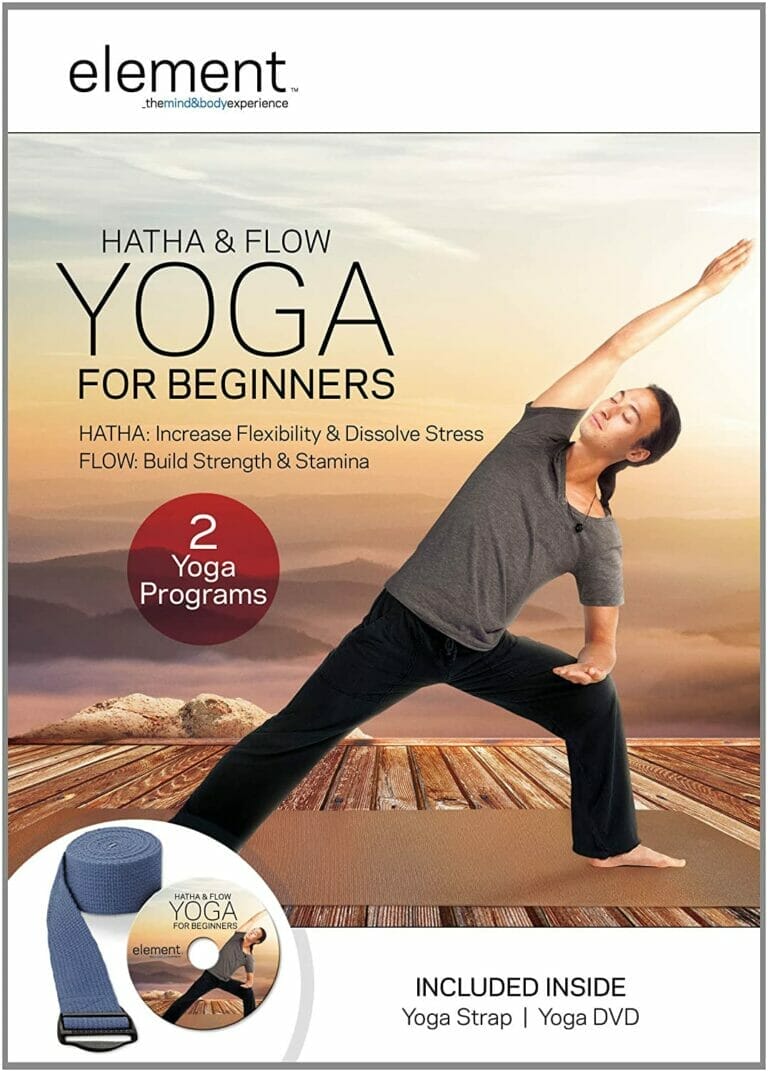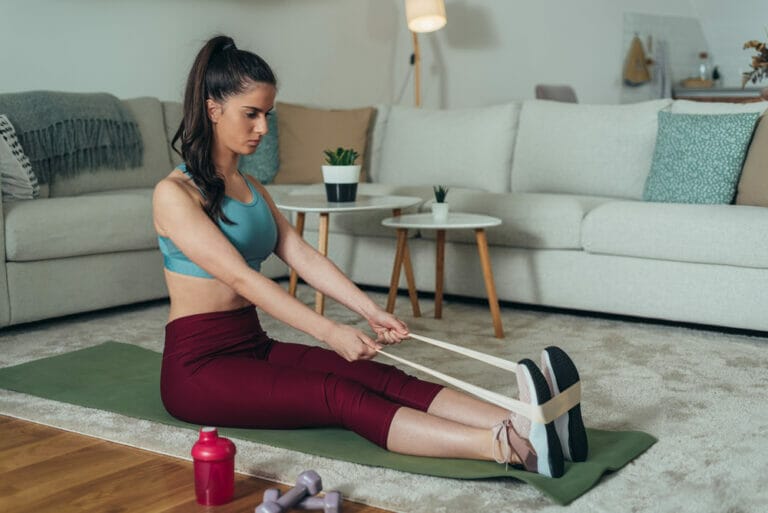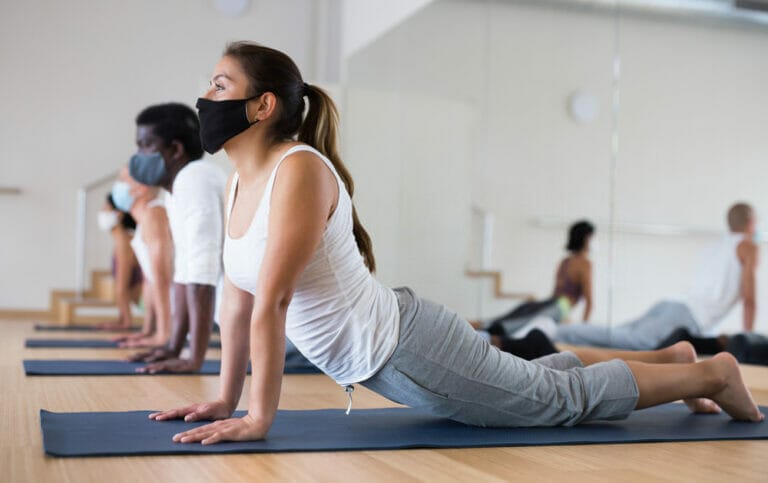FAQ
Does Yoga Help With Posture? – Frequently Asked Questions
There are various workouts out there, but did you know that Yoga is one of the best for combating poor posture?
Studies have shown that Yoga promotes better alignment in the spine and helps eliminate muscle fibrosis.
And while it doesn’t typically burn as many calories as other workouts, it does help to strengthen your entire body, which in turn helps to correct poor posture. It even reverses the frontal dowager’s hump, which is an age-related posture issue.
The dowager's hump often results in poor muscle tone, resulting in weakened organs and circulation problems.
Does Hot Yoga Help You Lose Weight?
Many people start taking yoga classes to lose weight. But does it work?
Well, when you practice Yoga, you are stretching your muscles. This same thing happens when you are running or doing another exercise routine, leading to weight loss.
It also helps improve blood flow and increases your metabolism, which is essential if you want to be successful when losing weight.
You may also notice that you are breathing more profound and more efficiently after practising Yoga. And this, in turn, can also help you to lose weight. More oxygen is taken in during Yoga than other exercises.
It is because your lungs are working overtime to take in as much oxygen as possible. Likewise, your muscles are working to keep you balanced and healthy. And the better and deeper your lungs work, the easier it will be to lose weight.
How Long Does It Take to Become a Yoga Instructor?
This question can be pretty tricky to answer because so many variables could affect how long it takes to become a yoga teacher.
Being a yoga instructor is rewarding because you have the opportunity to help others grow physically, mentally, spiritually, and emotionally.
The world is evolving, and young people need all that is required to survive. You have the opportunity to teach them about fitness, flexibility, strength building, and life enhancement.
To be a good yoga instructor, you have to be serious and focused. Teaching yoga is a form of service that can seem fun, but it also takes some serious dedication.
Many people are curious as to how long it takes to become a certified yoga instructor. It differs, contingent on your dedication to learning. Listed below are the necessary abilities to earn certification.
Where to Begin Yoga Instructor Training
The first step to becoming a certified yoga instructor is to practice Yoga for at least several years. Primarily, having a basic knowledge of the fundamentals surrounding Yoga, including:
- Basic understanding of anatomy
- Focus on alignment when performing specific yoga positions
- Practicing proper technique.
- Physical and individual growth
Levels of Certification
There are two broadly recognized levels of yoga certification:
First, it is the minimum amount of time it takes for you to earn certification. For example, one way to be a yoga instructor is to complete a 200-hour certification.
Second, it is the minimum time frame that it takes for a candidate to become certified. It’s unlikely that any facility would hire someone without at least the 200-hour certification.
For those who've considerable interests and goals to maintain, the 500-hour certification is the way. More often, the teachers who have completed their 200 hours will continue to study.
Nevertheless, the 500-hour certification is a hallmark of many successful yoga teachers. Therefore, in case you wish to open your yoga studio, it becomes an important asset.
Once you've been certified by a yoga instructor program, you have the right to call yourself a certified yoga teacher. In addition, it allows for increased credibility in the yoga niche.
How Long Will Yoga Certification Take?
You can do the training at a physical location or online. Whether you choose to go online or physical site won’t impact your time to complete your yoga certification.
The training is the same; it is the time spent teaching that will affect your progress.
The average duration to complete a 200-hour course is three to five months. However, completing the 500 hours course may take from six months to a year for successful completion.
Again, this is individualistic and depends on your level of commitment and how quickly you want to complete the training.
Can You Do Yoga On Carpet?
Yes, you can do Yoga on the carpet, with a few considerations. First, Yoga is done most often with a mat on a sturdy, even hardwood floor.
It can be used as an ideal surface for staying grounded and balanced while holding yoga poses.
Many people find it more convenient to practice Yoga on the carpet than on their mats, but many yoga practitioners recommend against doing so.
This list of the numerous pros and cons discussed below may help you decide how to practice on a carpeted surface.
This decision will also depend on the type of carpet you have in your home. A short fibre carpet on a thin pad will create little to no problems, while fuzzy fibres on top of a thick pad will intensify these issues.
Thin pads on top of thick carpets will cause more problems than thick pads on top of thin carpets.
Yoga On Carpet Pros:
A soft padded carpet will provide comfortable cushioning for your body and reduce stress on your joints
A carpet is warmer than wood, so you’ll be more comfortable in the winter.
- Practicing yoga on a carpet can be more complex because the carpet doesn’t give you the same traction as a mat. It forces your muscles to work harder, thereby building strength.
- The shape of a yoga mat doesn’t stop you from playing around with your practice. You have more freedom when you explore.
- If you’re looking for a challenge, the added difficulty in balancing on a Yoga mat can help you advance your practice.
- If you’re on a carpet and you end up falling, at least you can roll around without hurting your body.
Yoga On Carpet Cons:
- Practicing balance poses on a carpet is hard because it doesn’t provide the support you need. And if you fall, your hands or feet can be injured.
- When practising Yoga on a carpet, it can be challenging to stay grounded. These poses include deep twists and backbends that require considerable stability from the ground up through the chest.
Without this stability, it's hard to achieve proper alignment.
- If you’re practising on a carpet, it can be tough to get into poses that require you to lie down, like in savasana. It is because your body won’t slide along the carpet as on a mat will.
So it can make it hard to reach your chest and shoulders as you do these poses.
- You could get friction burns, scratches, and irritated skin by practising Yoga on the carpet.
- Carpeted surfaces can be uneven, which is why people may feel discomfort when a bump or rough spot presses into their body.
The carpet is not the most hygienic surface to practice on. Musty or grimy carpets can be hazardous to your health and can also make you sweaty.
- If you practice on your carpet, your sweat and body oil can get stuck to the mat, so you’ll need to clean it more often.
- Frequently practising in the same spot will eventually damage your carpet.
Final Thoughts
In the end, it is your decision as to which surface you prefer for doing Yoga. You can begin by practising on a carpet and then progress to a mat once you’re comfortable with the poses. What is important is practice, practice, and practice!
If you've any tips on the points mentioned above about yoga, please leave a comment below.
Is Yoga A Form Of Meditation?
Yes. Yoga is a form of meditation par excellence. It is the most complete and adequate system for the development of both body and mind.
Yoga is not a religion or philosophy but a practical science of self-development. It is a complete system of meditation techniques that helps the practitioner to master his mind and emotions.
Thus, yoga allows one to achieve self-realization through meditation and selfless service.






